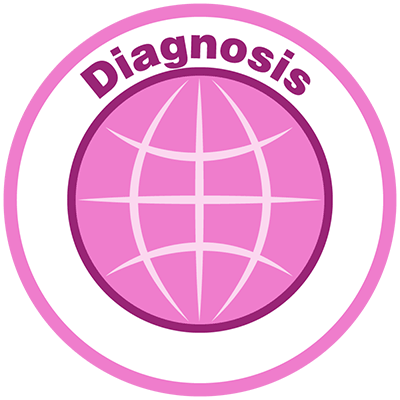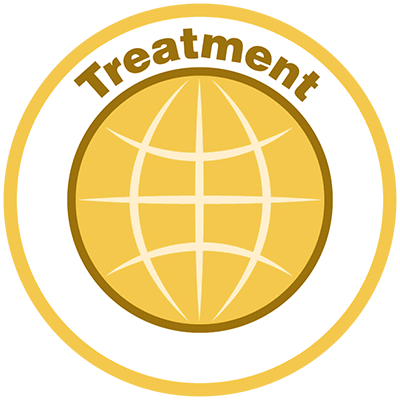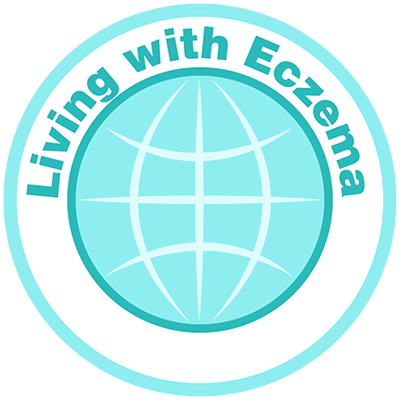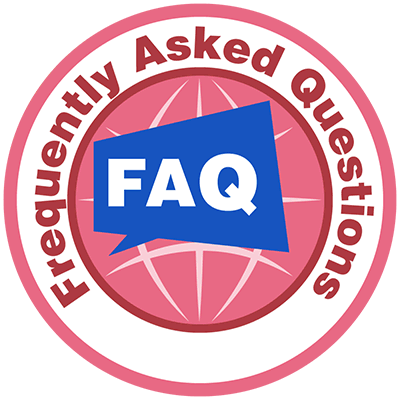Atopic Dermatitis Treatment
Goals of Treatment
- The overall goal of treatment of atopic dermatitis (AD) should be to achieve a state in which symptoms are absent or mild without causing disturbance in activities of daily living and in which drug therapy is not required.
- If this is not reached, the goal should be to maintain a state in which symptoms are mild and to decrease the rate of acute flares/disease exacerbations.
- Drug therapy (topical, oral, injectable)
- Basic treatment of a disturbed skin barrier, or “skin care regimen” (eg, emollients)
- Control of pruritus using oral antihistamines
- Topical emollients
- Topical anti-inflammatory agents (topical corticosteroids and/or topical calcineurin inhibitors)
- Oral antihistamines (sedating and non-sedating)
- Crisaborole (phosphodiesterase 4 [PDE-4] inhibitor)
- Phototherapy (narrowband ultraviolet B or ultraviolet A)
- Oral corticosteroids
- Other systemic immune suppressants (eg, cyclosporine, methotrexate, and azathioprine)
- Oral antibiotics
- Calcineurin inhibitors (tacrolimus, pimecrolimus)
- Dupilumab
- Adjuvant therapies and approaches (eg, wet wraps, soak-and-smear, and diluted bleach baths)
- Other treatments (eg, omalizumab, rituximab, rapamycin, intravenous immunoglobulin, gamma interferon [these are not yet FDA-approved for AD])
- Most patients with mild AD can expect clinical improvement and disease control with use of emollients, conventional topical therapies, and environmental and/or occupational modifications.(Figure 1)
- These interventions may not be sufficient for patients with moderate-to-severe or difficult-to-control disease.
- Phototherapy and/or systemic therapies for AD
- Phototherapy is recommended for both acute and chronic disease.
- Systemic therapies are recommended for use after failure to achieve disease control with use of the above measures.

- Experimental agents
- JAK inhibitors: tofacitinib,7 baricitinib,8 and upadacitinib9 have shown efficacy in clinical trials.7–9 Topical JAK inhibitors include delgocitinib and ruxolitinib.
- Anti–interleukin (IL)-31 receptor humanized antibody: nemolizumab has exhibited promise in phase 2 trials.10
- Anti–IL-13 monoclonal antibody: lebrikizumab is undergoing studies and can potentially provide additional benefit when used with topical corticosteroids as compared with topical corticosteroids alone.11
- Anti–IL-22 monoclonal antibody: fezakinumab, which blocks the IL-22 receptor, is a new agent with promise.12
References
- Wang D, Beck LA. Immunologic targets in atopic dermatitis and emerging therapies: an update. Am J Clin Dermatol. 2016;17:425-443.
- Roekevisch E, et al. Efficacy and safety of systemic treatments for moderate-to-severe atopic dermatitis: a systematic review. J Allergy Clin Immunol. 2014;133:429-438.
- Mohan GC, et al. Comparison of dermatology and allergy guidelines for atopic dermatitis management. JAMA Dermatol. 2015;151:1009-1013.
- Wollenberg A, et al. ETFAD/EADV Eczema task force 2015 position paper on diagnosis and treatment of atopic dermatitis in adult and paediatric patients. J Eur Acad Dermarol Venereol. 2016;30:729-747.
- Sidbury R, et al. Guidelines of care for the management of atopic dermatitis: section 3. Management and treatment with phototherapy and systemic agents. J Am Acad Dermatol. 2014;71:327-49.
- Saeki H, et al. Clinical practice guidelines for the management of atopic dermatitis 2016. J Dermatol. 2016;43:1117-1145.
- Bissonnette R, et al. Topical tofacitinib for atopic dermatitis: a phase IIa randomized trial. Br J Dermatol. 2016;175:902-911.
- Guttman-Yassky E, et al. Baricitinib in adult patients with moderate-to-severe atopic dermatitis: a phase 2 parallel, double-blinded, randomized placebo-controlled multiple-dose study. J Am Acad Dermatol. 2019;80:913-921.e9.
- Guttman-Yassky E, et al. Upadacitinib in adults with moderate to severe atopic dermatitis: 16-week results from a randomized, placebo-controlled trial. J Allergy Clin. 2020;145:877-884.
- Ruzicka T, et al. Anti-interleukin-31 receptor A antibody for atopic dermatitis. N Engl J Med. 2017;376:826-835.
- Simpson EL, et al. Efficacy and safety of lebrikizumab (an anti-IL-13 monoclonal antibody) in adults with moderate-to-severe atopic dermatitis inadequately controlled by topical corticosteroids: a randomized, placebo-controlled phase II trial (TREBLE). J Am Acad Dermatol. 2018;78:863-871.e11.
- Guttman-Yassky E, et al. Efficacy and safety of fezakinumab (an IL-22 monoclonal antibody) in adults with moderate-to-severe atopic dermatitis inadequately controlled by conventional treatments: a randomized, double-blind, phase 2a trial. J Am Acad Dermatol. 2018;78:872-881.e6.








